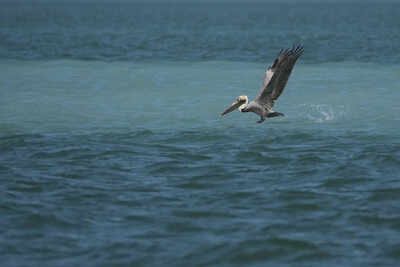World's Largest Particle Collider to Welcome New Detector Named After Biblical Figure

The worlds largest particle collider, the Large Hadron Collider (LHC), is about to be enhanced with an exciting new additiona detector that researchers have whimsically named MATHUSLA. This intriguing moniker draws inspiration from Methuselah, a character in the Bible reputed for living nearly a millennium. The conceptual design report detailing this new detector was submitted to the preprint server arXiv on March 26, where it has garnered attention from the scientific community.
MATHUSLA, a somewhat humorous yet fitting acronym, stands for the MAssive Timing Hodoscope for Ultra-Stable neutraL pArticles. The choice of name reflects the detector's objective: to hunt for particularly long-lived particles that have thus far eluded detection during the LHC's extensive experiments, which often resemble a spectacular fireworks display at the subatomic level.
The LHC made headlines a decade ago when it successfully observed the Higgs boson in 2012, a monumental achievement that fulfilled one of its primary goals. In the years since, particle physicists have been contemplating how to maximize the collider's potential to further unravel the mysteries surrounding the fundamental building blocks of matter and the basic interactions of physics as we know it.
In an exciting development, the LHC is slated for a significant upgrade to become the High-Luminosity LHC (HL-LHC), which aims to enhance the facility's luminosity by a factor of ten. This upgrade is expected to boost the number of Higgs bosons that CERN physicists will be able to study, with completion anticipated by 2029. The new MATHUSLA detector is designed to work in tandem with this upgraded version of the collider.
In terms of design, MATHUSLA is envisioned as a massive structure measuring an impressive 131 feet (40 meters) on each side and standing 36 feet (11 meters) tall. This substantial box will house a variety of detectors capable of seeking out long-lived particles that the LHCs primary detectors might miss.
The anticipated cost for developing this innovative detector is approximately $44.5 million (40 million). While this figure is not trivial, MATHUSLA is designed with cost-effectiveness in mind, being smaller than earlier proposals but still sufficiently large to yield groundbreaking results.
Additionally, CERN has recently outlined a feasibility study for a potential successor to the LHC, dubbed the Future Circular Collider (FCC). This ambitious project, with an estimated budget of $17 billion, would be three times larger than the LHC and buried twice as deep underground. Although the FCC is expected to begin operations before 2050, its completion may extend far into the next century.
In contrast, MATHUSLA is hoped to provide results much sooner. The aim is to have this detector operational alongside the HL-LHC, which is projected to commence full-scale operations in the 2030s. As long as the name MATHUSLA doesnt become a punchline for the delays in development, physicists will have a fresh opportunity to push the boundaries of our current understanding of physics.




























